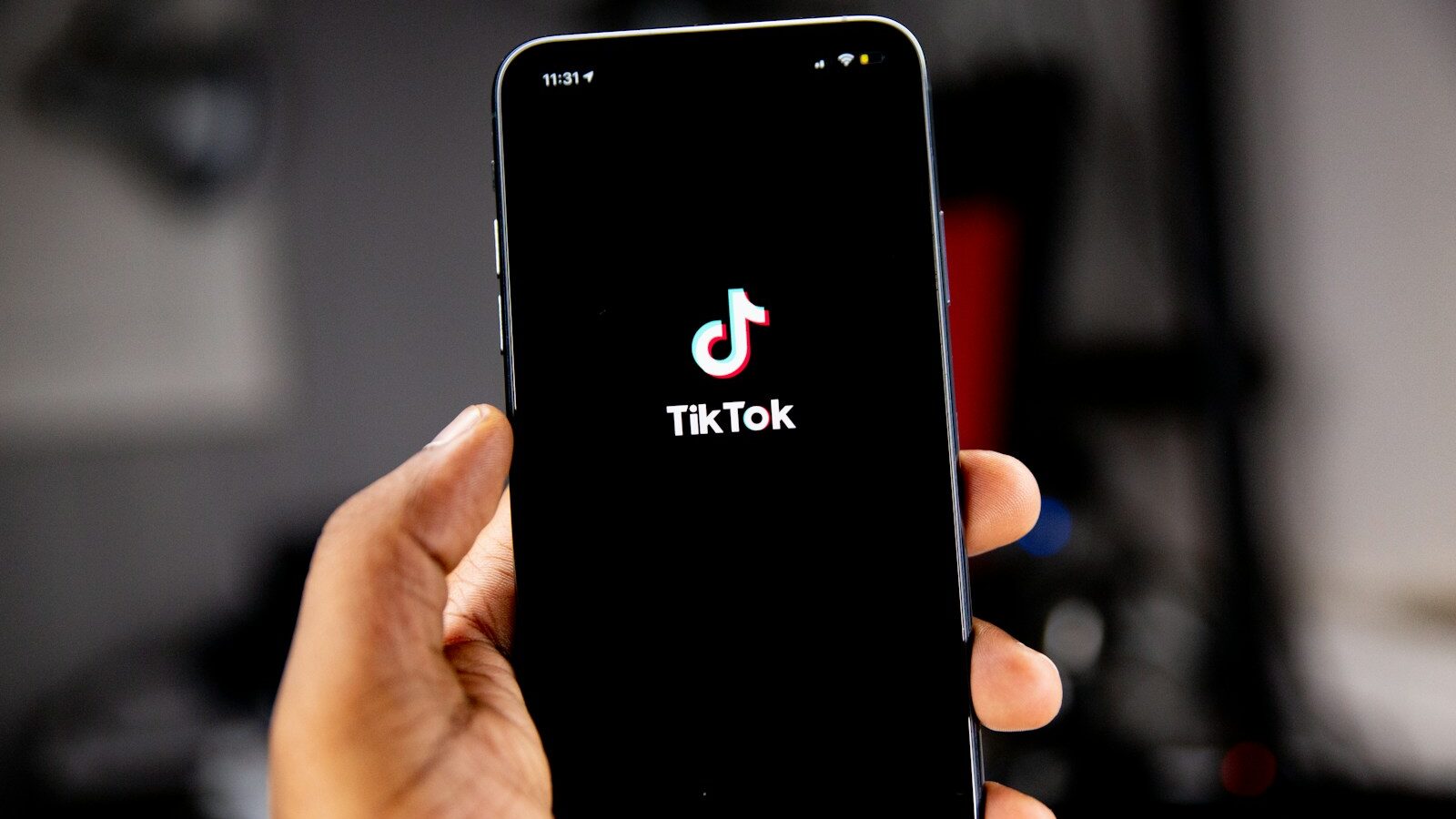The traditional top-down assessment method is on its way out – today’s workplace needs a more nuanced approach to appraisals.
The debate on annual appraisals is ongoing and for good reason; HR and managers are realising the benefit of continuous mutual dialogue throughout the year, and not just once at the end of it.
HR is now beginning to adopt a more casual and less bureaucratic approach to managing performance by dispensing with the formal annual appraisal and instead investing time in regular catch-ups.
This ensures opportunities for early intervention for things like poor performance, poor mental health, and discussing career aspirations.
In this much-needed evolution, in my opinion, we seemed to have missed a trick by not fully endorsing the concept of mutual dialogue. By mutual, I mean where managers assess the individual’s performance and vice versa.
One-sided approach
One of the flaws of the one-sided approach of performance management is that it continues up the management chain.
Each tier assesses the one below, forgetting that although managers are aware of their report’s management methods, they aren’t necessarily aware of the impact this has on those on the receiving end.
Sure, they meet their targets and fulfil their objectives, but with line management duties mostly being an afterthought nowadays, on top of the manager’s existing role, management objectives are either forgotten or very generic.
With organisations moving to a more holistic approach to wellbeing, there has never been a better time to assess the impact of the management relationship to whom is on the receiving end of management methods.
If this is the fundamental make-or-break relationship that contributes hugely to engagement, productivity and retention, shouldn’t this be assessed from both sides, and not just the side with higher authority?
Another flaw with this one-sided approach is that the manager assesses their own management capabilities and is seen as the only and worthy conclusion for their own appraisal.
The manager’s manager doesn’t need to see proof of a harmonious management relationship as long as business objectives are met, and assumes little connection when the report eventually leaves from a bad manager.
The solution
The solution lies in embracing the true meaning of mutual dialogue. Sure, there’s the 360 feedback model, but employees should have an opportunity to formally and objectively assess their manager’s performance as a manager, seeing as they are the only one who is affected by their manager’s performance, not their manager’s manager.
In the spirit of ongoing discussions, of course concerns should be brought to the manager’s attention at any point. In cases where a company continues to have a more formal approach of categorising someone’s performance in lieu of these ongoing conversations, it should be expected that the manager’s performance should be assessed and categorised too.
The object of this feedback is of course to be constructive, but as a by-product, the employee begins to understand the feedback process in general, and grows more emotionally intelligent when receiving feedback themselves.
Where there are less formal categorisations in an organisation, this approach can still work to formally address clashes of personality and incompatibility and assess performance on an ongoing basis.
If we look at the alternative however, making your manager aware that you’re not happy with their particular management methods can only go as far as the manager wants.
If the manager would rather stick to their own ways and think there isn’t an issue to address, they can freely dismiss these comments and simply tell them to put up with it.
Having a more formal assessment of these management methods, however, might make the manager reconsider how to fix the relationship and adjust their approach to something more compatible, as essentially the formality adds a sense of accountability and action.
How can this be done?
First and foremost, the business will need to communicate the reasons for this approach. Educating the entire workforce on the benefits of this mutual assessment – and the detrimental impact of the one-sided approach – is key to laying down the foundation of a new mindset.
This isn’t tit-for-tat. This isn’t an opportunity for individuals to slate their manager as payback for poor or incompatible management methods. This needs to be communicated that this is to support a healthy and mutual working relationship, and address concerns often only picked up anonymously in staff surveys.
To back up these communications, staff will also need to get the right training. We have all given feedback in some form or other, but in order for this system to work, staff need to understand the fundamentals of assessing performance: objectivity, unconscious bias, and articulating feelings in an emotionally intelligent way.
This mutual assessment of performance can only build accountability, openness and trust
The object of this feedback is of course to be constructive, but as a by-product, the employee begins to understand the feedback process in general, and grows more emotionally intelligent when receiving feedback themselves.
This further strengthens the worker-manager relationship, as well as other professional relationships.
Could this work?
Whether or not this works depends heavily on the company’s culture. Those that place a strong emphasis on hierarchy, orders and subordination would struggle to see the benefits of this as it relinquishes power and authority.
Although this exercise has nothing to do with either of these, it will be seen as a threat. Managers are there to manage, and they’ve been hired as competent managers, right? Sadly this isn’t always the case, and the ‘I say, you do’ approach is damaging and outdated.
On the contrary, it would be an ideal solution (of many) for a company like this, which may be looking to change its culture to one that is healthier and more cooperative. It just needs a really good sell for senior management buy-in.
This would work especially for companies who are happy to embrace modern working practices in order to be an inclusive and developing hive of happy and talented people.
We’re seeing more organisations move away from methodologies that were appropriate for the workplace in the 1950s and exploring new practices that are holistic and more fitting in the modern way in which we work.
Let us not forget that Marcus Buckingham said that people leave managers and not companies, so it is important to take up any opportunity that addresses poor management techniques that is determined by those on the receiving end, not as a managerial observer.
This mutual assessment of performance can only build accountability, openness and trust, and address poor management methods before it impacts further into engagement, turnover levels and performance.
Thinking of shaking up your appraisals process? Read Five ways to transform the annual performance review








